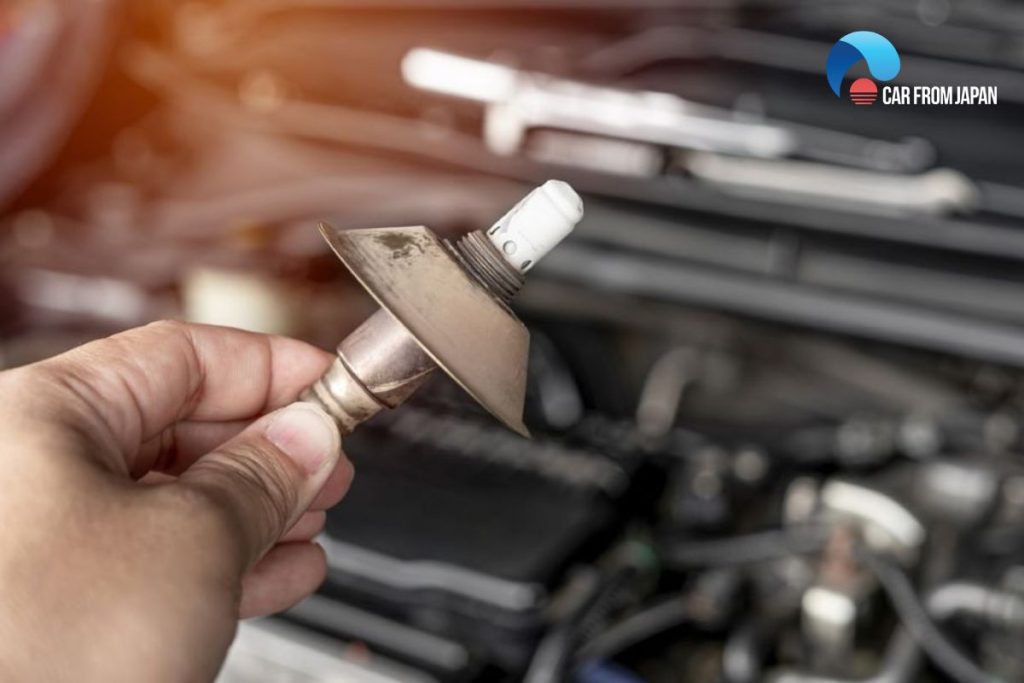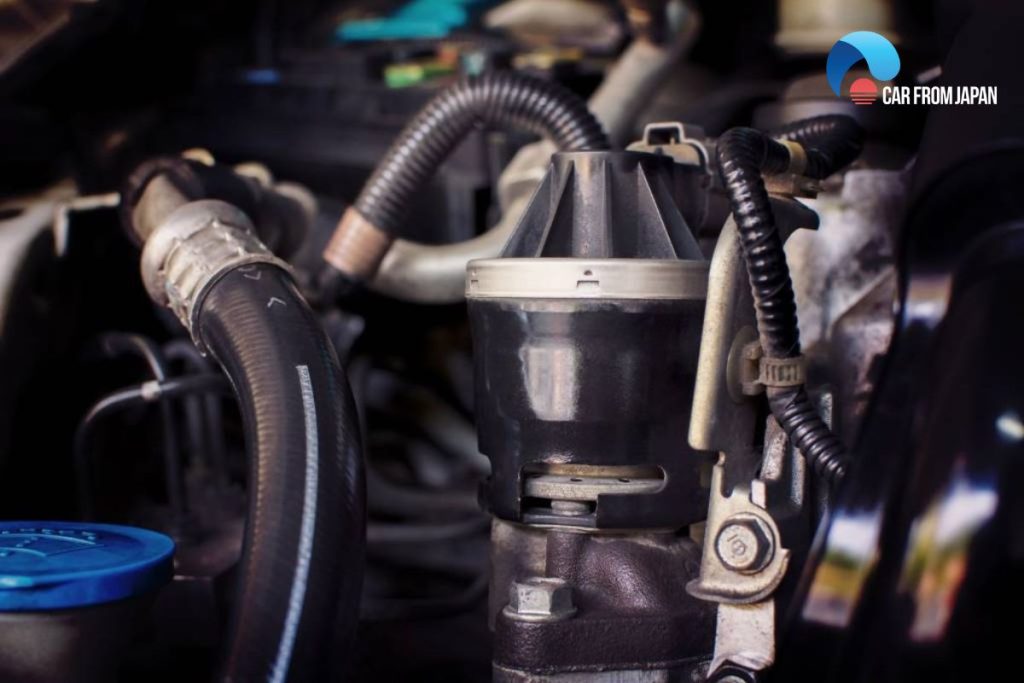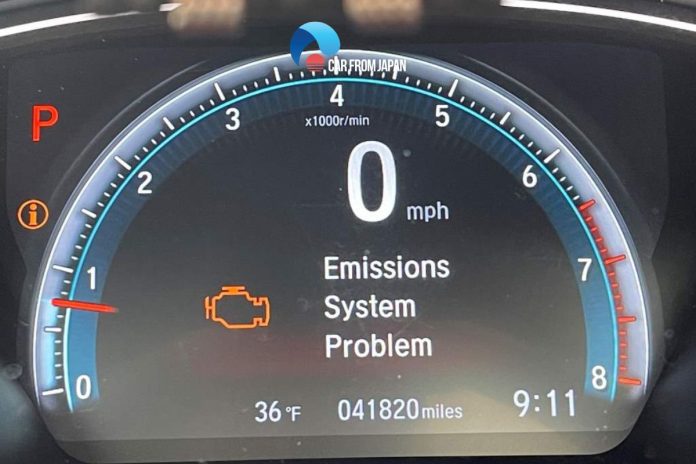The Honda Civic is renowned for its reliability and efficiency. But like any vehicle, it can experience issues that impact its performance and environmental compliance. One such issue is the emission system problem Honda Civic light illuminating on the dashboard.
This warning is an indicator that something is amiss with the vehicle’s emission control system, a critical component for reducing the car’s environmental footprint and complying with emission regulations.
Understanding the common causes behind this alert can help Civic owners quickly address problems, ensuring their vehicle runs optimally and continues to meet emission standards.
Contents
- Emission System Problem Honda Civic: 5 Common Causes
- FAQs on Emission System Problem Honda Civic
- What role does engine temperature play in emission system problem Honda Civic?
- Does altitude affect the emission system of a Honda Civic?
- How do seasonal changes impact the emission system?
- What is the impact of an outdated software in the vehicle’s ECU on emissions?
- Is there a way to test the emission system at home before going to a mechanic?
Emission System Problem Honda Civic: 5 Common Causes
Faulty Oxygen Sensor
The oxygen sensor plays a pivotal role in your Honda Civic’s engine management system by measuring the proportion of oxygen in the exhaust gasses.
Located in the exhaust manifold, it provides real-time data to the engine control unit (ECU) regarding the oxygen levels. The ECU uses this data to adjust the air-fuel mixture for optimal combustion.
A faulty O2 sensor may provide inaccurate readings, leading to a rich or lean mixture, causing the engine to run inefficiently.
This inefficiency can lead to increased emissions, reduced fuel economy, and potentially damaging the catalytic converter due to improper combustion temperatures.

Loose or Faulty Gas Cap
A seemingly minor component like a gas cap can have a significant impact on the emission system problem Honda Civic.
The gas cap seals the fuel system and maintains pressure while preventing gasoline vapors from escaping into the atmosphere.
A loose, damaged, or faulty gas cap disrupts this seal, leading to a drop in system pressure and triggering the check engine light.
This issue can increase evaporative emissions, known as hydrocarbons, contributing to smog formation and reducing air quality.
Catalytic Converter Failure
The catalytic converter is a critical component in reducing the toxicity of exhaust gasses.
It uses a catalyst (typically platinum, palladium, and rhodium) to chemically convert harmful emissions like carbon monoxide, nitrogen oxides, and hydrocarbons into harmless gasses such as carbon dioxide and water vapor.
Failure of the catalytic converter usually occurs due to internal damage or clogging, often a result of a poorly running engine or the use of leaded gasoline.
Symptoms of a failing catalytic converter include reduced engine performance, higher fuel consumption, and a sulfur-like smell from the exhaust.

Faulty Mass Airflow Sensor (MAF)
The Mass Airflow Sensor measures the volume of air entering the engine and is crucial for the ECU to calculate how much fuel to inject.
When the MAF sensor becomes dirty or faulty, it can send incorrect data to the ECU, causing an improper air-fuel mix.
This can result in a range of issues, including hard starts, stalling, and a decrease in fuel efficiency. Additionally, incorrect air-fuel mixtures can lead to increased emissions and, if uncorrected, may cause damage to the catalytic converter.
SEE MORE: Emission System Problem Honda Accord: Things To Notice
Exhaust Gas Recirculation Valve (EGR) Issues
The Exhaust Gas Recirculation (EGR) valve is integral to controlling nitrogen oxide emissions, particularly under high-temperature combustion conditions.
It recirculates a portion of the engine’s exhaust back to the engine cylinders, lowering combustion temperatures and reducing the formation of nitrogen oxides.
Problems with the EGR valve, such as being stuck open or closed, can lead to a decrease in engine performance, engine knocking, and increased emissions.
Keeping the EGR valve clean and operational is essential for maintaining the engine’s efficiency and compliance with the emission standards.

FAQs on Emission System Problem Honda Civic
What role does engine temperature play in emission system problem Honda Civic?
Engine temperature is crucial for efficient combustion. If the engine runs too cold or too hot, it can lead to inefficient fuel burn and increased emissions.
Problems with the thermostat, cooling system, or temperature sensors can all disrupt the normal operation of the emission system in a Honda Civic.
Does altitude affect the emission system of a Honda Civic?
Yes! Higher altitudes have thinner air, which can lead to a leaner air-fuel mixture and potentially increase the production of nitrogen oxides (NOx).
Vehicles in high-altitude areas may require adjustments or tuning to ensure that the emission system functions correctly under these conditions.
How do seasonal changes impact the emission system?
Seasonal temperature changes can affect the emission system’s efficiency.
Cold weather can make it harder for the engine to reach its optimal operating temperature, impacting the efficiency of the catalytic converter and increasing emissions.
Conversely, hot temperatures can lead to higher evaporation rates of fuel, impacting the vapor recovery system and increasing VOC emissions.
What is the impact of an outdated software in the vehicle’s ECU on emissions?
Outdated software in the ECU can lead to inefficient engine management, affecting everything from fuel injection timings to air intake.
This inefficiency can cause the engine to run rich (too much fuel relative to air) or lean (too little fuel), both of which can increase harmful emissions.
Updating the ECU software can often resolve these issues.
Is there a way to test the emission system at home before going to a mechanic?
Owners can look for obvious signs of trouble such as visible smoke from the exhaust or checking for a loose fuel cap.
Additionally, using an OBD-II scanner, owners can read diagnostic trouble codes (DTCs) stored in the vehicle’s computer system.
Check out this video from 1A Auto to learn more about the top 5 problems of Honda Civic sedan 2006-2011!
Addressing the emission system problem Honda Civic promptly can save you time and money in the long run, and it helps in maintaining the car in environmentally responsible condition.



